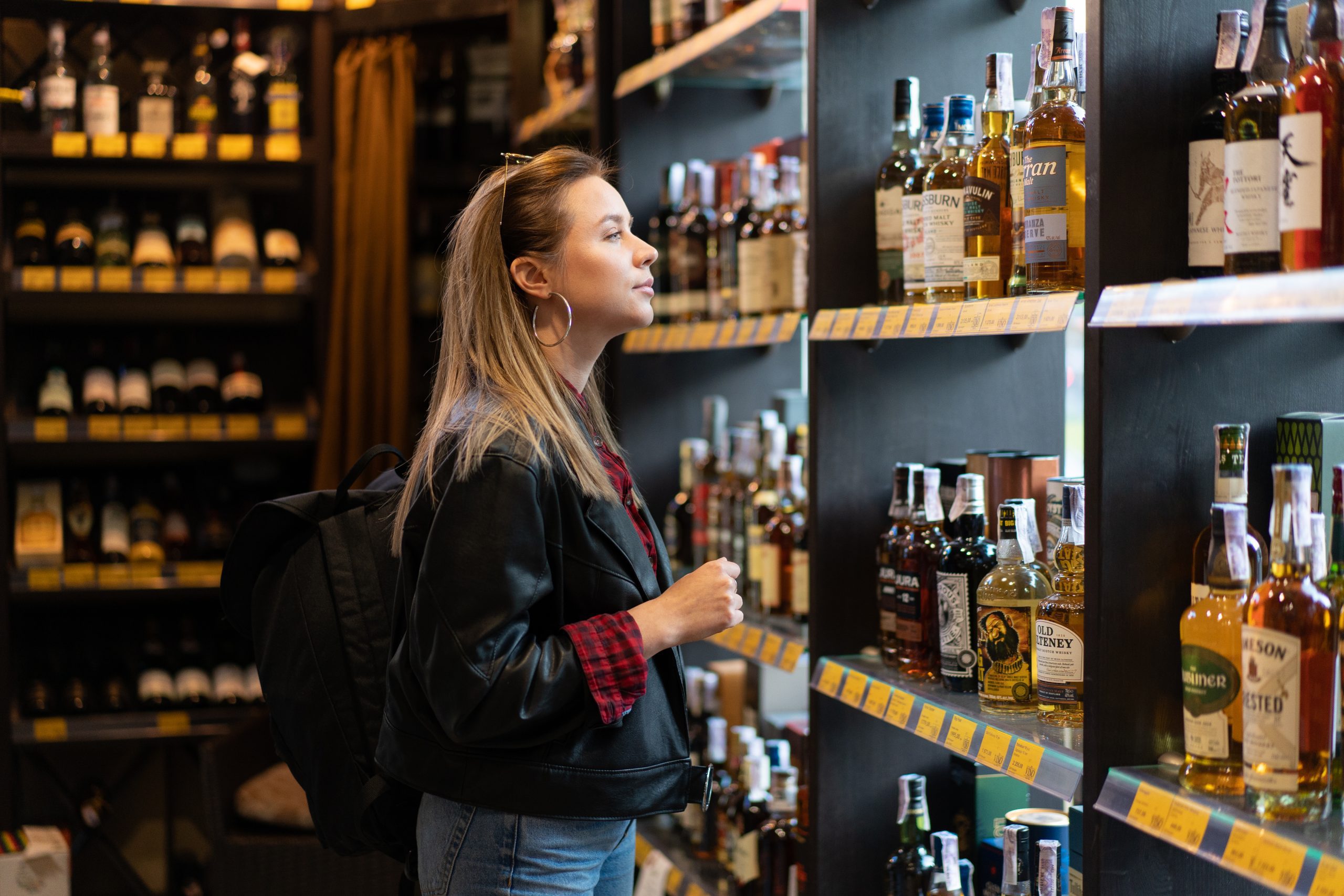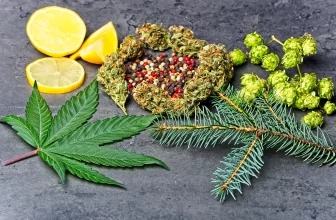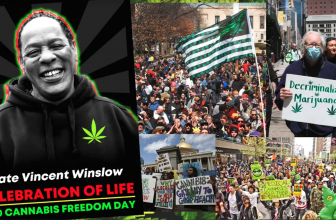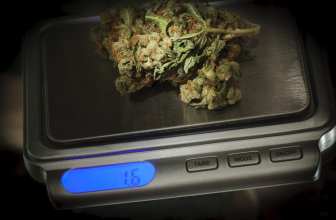
Each year the alcohol industry shifts as consumers adjust their consumption levels, change how they buy, and try different spirits and drinks. Industry statistics capture how sales fluctuated over the year and help retailers and suppliers alike prepare for the following year. 2021 was a big year for the alcohol industry in both successes and challenges. Varying labor accessibility and packaging supplies made it tough for even the biggest names in adult beverages to thrive. Yet, overall, the industry saw growth in many areas. Dive into the 2021 alcohol industry statistics to see how it stacked up to the past.
E-Commerce Continues to Grow
When measured as a total of all sales, only around 1.4% of all alcohol sold in 2021 was purchased online. Yet that’s an increase of .1% over 2020 and a doubling of sales since 2016 alone. The 2021 Retail Report from BevAlc Insights also found major increases in e-commerce sales for alcohol. When comparing only-beverage retailers already selling online, over 25% of them reported earning a fifth or more of their total sales from e-commerce. That’s a significant increase in opportunities for sales for specialty retailers and those located in areas where sales tend to be seasonal or uneven.
Wine and Beer Sales Slumping
While hard seltzer might have been the hottest selling category of drinks a few years ago, sales began to slow on these products in 2021. According to Forbes, spirits saw the highest rise in consumption, with a 4.6% growth in consumption for the entire category. In contrast, wine was only up a mere 0.7%. Beer consumption has been declining in the US for the past few years, and 2021 continued with a 2.8% consumption drop. However, in particular, craft beers are recovering from the slump since they’re more popular for in-home consumption than many other types.
Comeback from 2020 Numbers
2020 saw record growth in general alcohol consumption in the US, but most industry sectors still saw depressed sales compared to pre-COVID numbers. This was largely due to lower sales in the out-of-home sector, which remains the majority of alcohol sales. However, in-home alcohol consumption continues to grow in popularity, filling the gap so that 2021 is on track to provide a 3.8% volume increase of alcohol consumption. Consumption only grew by 2% in 2020, so 2021 may prove to double the previous year’s growth for a much bigger comeback.
Agave-Based Spirits Growing Dramatically
For 2021, the clear winner in sales was tequila and other agave-based spirits. Overall sales for tequila were up over 30% by the middle of the year alone. Despite the demand for pre-mixed products that compare to the bar experience at home, premium tequilas, in particular, were in high demand this year. Of course, these products are popular for both blending into cocktails and drinking neat, so they’re versatile enough to appeal to consumers that once relied on bartenders to mix their drinks.
Ready-to-Drink Beverages Remains a Major Trend
Whether it’s a blended frozen drink, a fancy glass-bottled cocktail, or a popular hard seltzer, explosive growth continued in the ready-to-drink category. This is primarily due to the demand for the bar experience at home since many areas remain under COVID restrictions that make it tricky to go out with friends. For example, Beverage Industry reports that seltzer drinks saw a rise of over 200% in sales in 2021 alone. Retailers are sure to transition more beer and wine shelving over to malt beverages, hard seltzer, and other ready-to-drink beverages for 2022.
Packaging Remains Difficult to Source
One of the biggest challenges of 2021 was sourcing a steady supply of packaging, with cans, in particular, facing shortages throughout the year. The warning issued in 2020 by the Brewers Association about supply chain issues held true as expected throughout this year as well. Major industry suppliers such as Ball continue to increase costs and limits primarily on small brewers, locking some purchasers out of the aluminum can market. Switching to glass and plastic packaging is costly and only a temporary option for most producers reliant on cans.
While 2021 was definitely still a challenging year for beverage producers and retailers, it was better than 2020 by the numbers alone. Increased sales in most categories except for beer led to recovery for many small and large companies alike. 2022 should bring continued growth in ready-to-drink products, seltzer-based drinks, and e-commerce ordering options.






